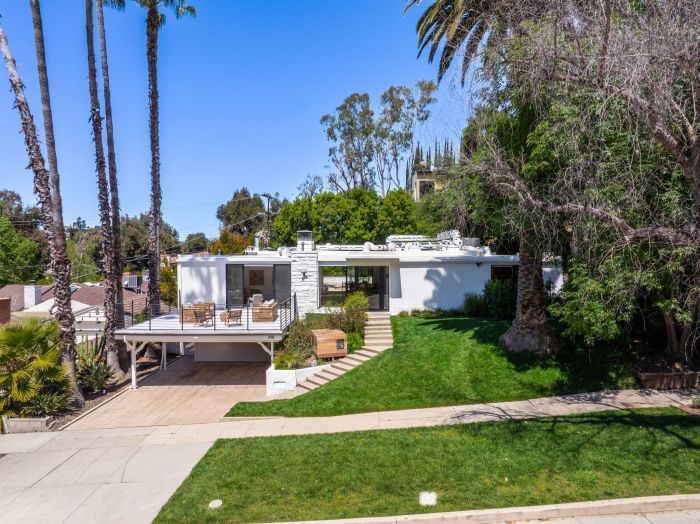
When it comes to the thread count of our sheets, we’ve always been told that the higher the number, the higher the quality and the higher the price—add the term “Egyptian cotton” and the price goes up again. It all seems logically sound until you start noticing Egyptian cotton sets boasting 800+ counts being sold at various discount stores for less than $100. Even though the controversy surrounding thread count isn’t exactly new—reports started surfacing over 10 years ago—it’s still one of the most commonly-held misconceptions about linens. So, how did this fallacy start trending? Who started it? How can you avoid being duped and what should you really be looking for? We got Scott Tannen, CEO of Boll & Branch (the first bedding company in the US to be Fair Trade USA certified), on the phone to get an insider’s perspective.

According to Tannen, the thread count (the number of threads per square inch) craze was essentially created by American retailers in the late 80s and early 90s as a way to convince consumers that expensive linens were really worth their price tags. It was noticed that the higher thread counts produced a nicer feel than the lower, so it became the new scoring model. “Of course, what happens in any environment when people start to apply scoring models; people say, ‘Well, I’ve got to figure out how to get a higher number, because the higher the number, the better,’” explains Tannen. “So what they've done is they figured out how to get more threads per square inch. There's only so many threads you can get per square inch until something starts feeling like canvas.”

To avoid a sheet that feels like a mainsail, the use of super thin, multi-ply thread became popular. “Imagine twisting four threads that are really thin, really low quality to be honest, around each other. You might have something that would be typically counted as a 200-thread-count, but you're multiplying it by four, so you call it 800.”
Though thread count certainly isn’t an unimportant issue, it’s certainly been bastardized by the marketplace and isn’t a dependable measure of quality. In fact, Tannen stresses that once you get above the 350-400 thread line, you should be very wary of what you’re actually buying, because if it’s not really thin thread, it would probably feel pretty rough to the touch.

Instead of getting hung up on the numbers, you may want to shift focus and judge based on how the fabric feels to you (especially after it has been washed). You also want to think about where the cotton came from and whether or not it’s of a high quality. Boll & Branch uses an organic cotton from Andhra Pradesh in southern India and only makes 300-thread-count products. Also, since they are Fair Trade certified, they actually pay 30 percent more for organic cotton than their competitors, so those working on the farms and in factories get paid enough to live. If you’re wondering what makes cotton organic, the plants have to be planted in high quality areas with very rich soil and predictable weather patterns, with no extra additives (like wax). This is where the sneaky Egyptian cotton label comes in.

Tannen thinks that as much of a problem thread count is, Egyptian cotton is currently the biggest fallacy consumers have been trained to look for. People generally think of the fertile riverbanks on the Nile when they think of Egyptian cotton, because the better the soil, the better the cotton. But in reality, that pricey Egyptian cotton sheet set you just bought may be a lie. “Egyptian cotton, and what's commonly referred to it, is a plant [called gossypium barbadense],” he says. “If you plant that in Pakistan or China, you can still call it Egyptian cotton. Or conveniently you can take really low quality cotton that happens to be grown in Egypt and you can call it Egyptian cotton.” Considering the amount of cotton farms that are actually found right on the Nile are very small in number, you’re going to pay around $2,000 for a set of legitimate Egyptian cotton sheets, because there’s just not a lot of it out there.

Bottom line? With so much smoke and mirrors surrounding the bedding industry, it’s important to slough off what you’re told by the marketplace and simply go with touch. If one set feels softer and more luxurious to you than another, put more faith in that than you do in the packaging. You’re the one sleeping on it, after all.

















